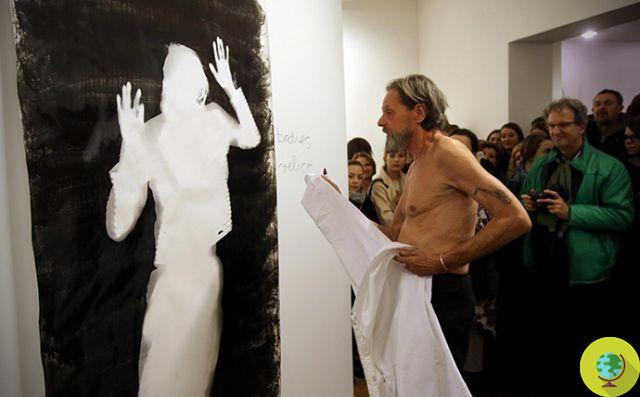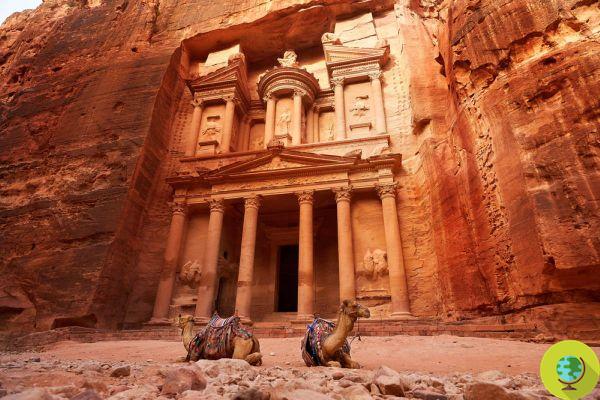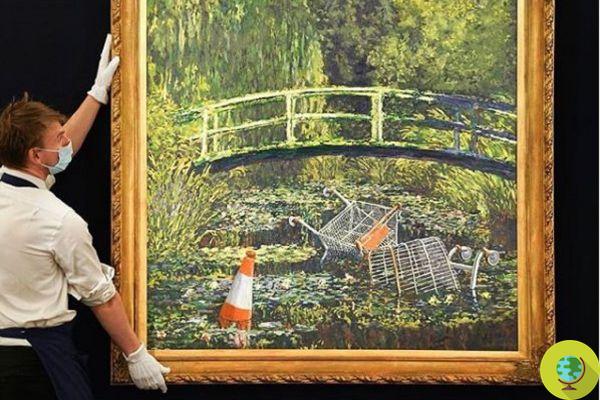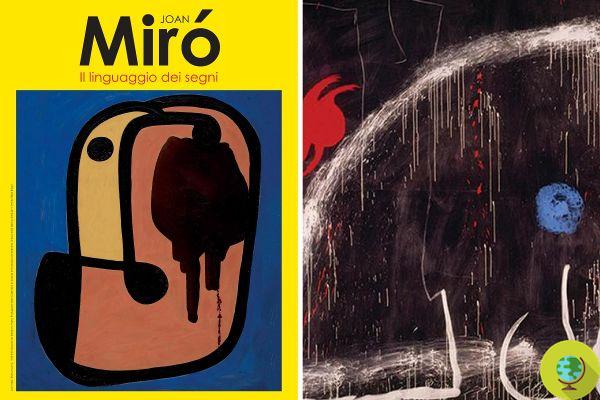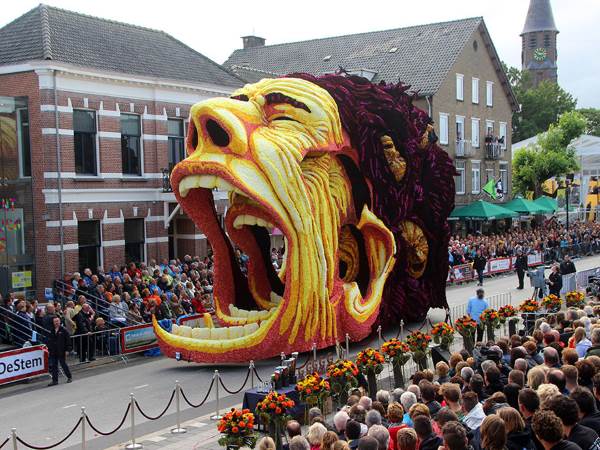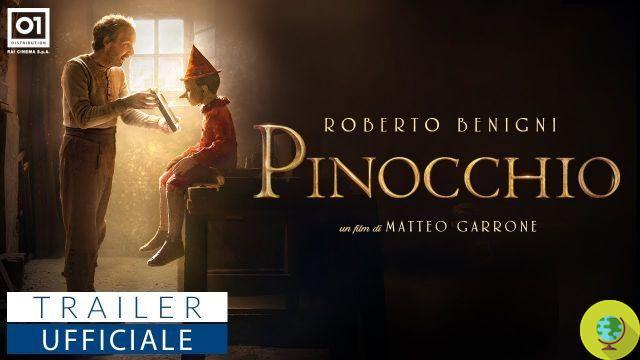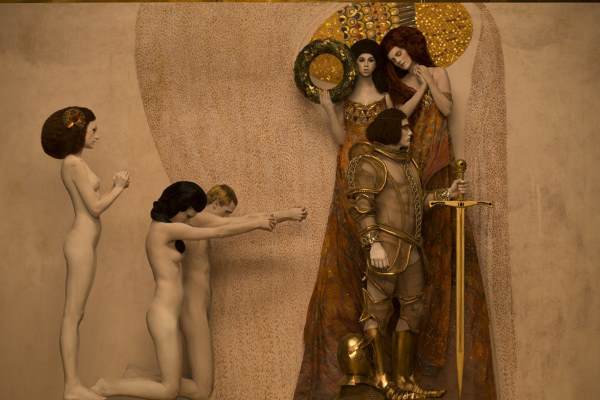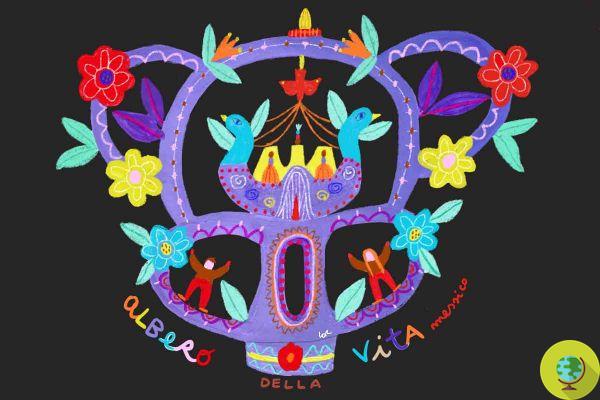
What is the Mexican tree of life and what does it symbolize? From the origins to the most beautiful examples of local craftsmanship
He is about to end up run over, his mother saves himIt is a symbol present in many cultures since ancient times. Represents the world, the universe, the source of life and sometimes a particular genealogy (family tree). It can also take on the meaning of a tree of knowledge.
In Mexico, in the city of Metepec, artisans make wonderful examples made of clay. Very colorful unique pieces that, nowadays, mix traditional biblical themes with other elements, from flowers to trees, from musical instruments to typical dishes.
Metepec is the main production site but actually theTree of Life it is also done elsewhere. Mainly a Izúcar de Matamoros and Acatlán de Osorio.
Mexican tree of life: the origins
In Metepec, one of the cities where this form of folkloric craftsmanship has spread the most, although originally from Izúcar de Matamoros, the working of ceramics dates back to the pre-colonial period. When clay was used for the creation of objects intended for religious ceremonies or for everyday use, Milenio specifies.
View this post on Instagram
A post shared by Joakocruz (@joakocruz)
With the arrival of the Spaniards, the figures of idols were progressively banned and replaced by Christian iconography. At that time the tree of life was used by evangelizers to explain the Bible to local populations. And specifically it represented Genesis.
It is no coincidence that in the more traditional version, we find an image of God in the upper part, 7 branches that would correspond to the days of Creation, Adam and Eve, and even animals, flowers and fruits to symbolize paradise. The Sun and the Moon, the serpent and the Archangel Michael can also appear. While the variants of recent years often represent the dualism of life / death or the relationship of man with the natural world.
Traditionally the tree of life was given to newlyweds because it was considered a symbol of fertility. Nowadays, it comes used for both religious and purely decorative purposes. It can take months to make the most complex specimens, which have become so popular that in 2009 the Mexican government decided to register the trademark in order to avoid the risk of plagiarism. Serial and industrialized production, widespread in various parts of the world, is in fact jeopardizing the continuity of the artisan tradition.
Mexican tree of life: between tradition and modern reinterpretations
Javier Ramírez, Tito Reyes, Modesta Fernández, Aurelio Flores, Juan Hernandez, Claudio Tapia, Timoteo González. There are many Mexican artisans specialized in making trees of life.
There are those who stick to tradition more and those who revisit them in a more contemporary way.
Aurelio Flores began making them in the 20s in Izúcar de Matamoros. His style, as Folk Art Guide explains, was inherited by his son Francisco Flores, and is considered - the most traditional in the city. - Below is a tree of Aurelio.
And here are two works by his son, Francisco Flores.
Also interesting are the stylistic reinterpretations introduced by the Castillo Orta family in the 60s, which had the merit, among others, of introducing new themes, including the Dìa de los muertos. Of particular note is the work of Alfonso Castillo, who still influences the decorative style of the trees of Izúcar de Matamoros today.
At Metepec the Soteno family has specialized for many generations in creating beautiful trees of life. Here are some of their creations.
If the Mexican tree of life has won you over with its bright colors and rich symbolism, in this video you can discover the behind the scenes of the process of realization.
Follow us on Telegram | Instagram | Facebook | TikTok | Youtube
SOURCES: Mexico unknown/My modern met
Read also:
- Tree of life: the meaning (Celtic and Kabbalah)
- Mexican Sacred Heart: what it symbolizes and the tutorial to make it with recycled cans








